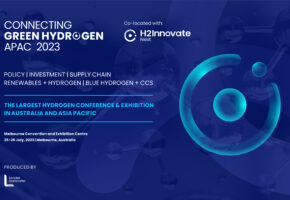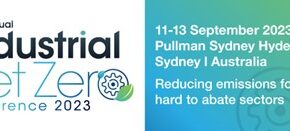Best Practice Corporate PPA Standard
In a short time, the market for renewable energy Power Purchase Agreements has grown dramatically. Just a few years ago, it was hard to find partners who would help you with a PPA, whereas now the marketplace has a wide range of different products and models.
Choice is good – but it can also be confusing.
Here at the BRC-A we think it is time to take stock. Clarity is needed to help renewable energy buyers better understand the choices they are making. We have created a discussion paper where we put forward some ideas and key considerations on defining PPA ‘best practice’.
The ultimate goal is the development of a Best Practice Standard that enables buyers, developers, and the industry at large to have a clearer understanding of what ‘good’ and ‘better’ looks like in off-site renewable energy procurement.
BRC-A Best Practice Corporate PPA Standard Discussion Paper
Have your say! Read our Discussion Paper which includes v1.0 of our proposed Corporate PPA Standard and then provide your feedback via this survey.
Submissions are due by August 31. We will collate this information and use it to develop v2.0. We see this as a long-term project to iteratively improve the impact of Corporate PPAs being signed in Australia and in turn how quickly the electricity grid can be decarbonised.
Discussion Paper Summary
Corporate Power Purchase Agreements (PPAs), spurred by the growth in renewable energy commitments and favourable market conditions, have underpinned more than $5 billion of investment in wind and solar projects in Australia over the past 4 years. The advantages of Corporate PPAs for enabling long term investment for the developers of new wind and solar projects and delivering financial, emissions reduction and reputational benefits for buyers have seen PPAs become a popular model of renewable energy procurement. Over 100 deals have been signed across nearly every sector including regional councils, universities, manufacturers, agri-businesses, banks, schools property and infrastructure projects.
As demand has grown for Corporate PPAs, so too has supply with the market responding with different PPA models. This growth in different models is a positive development as it provides greater choice for buyers and has opened up Corporate PPAs to a new tranche of organisations. However, as retailers develop products that look and feel more like traditional energy contracts, the distinction between these products and PPAs is blurring, and it can be harder to evaluate their impact on decarbonising the grid.
Another question is what does additionality mean with the achievement of the Renewable Energy Target in 2020. Under the Renewable Energy Target, if you retired the green certificates (LGCs) your purchase was ‘additional’. Now the line here is also more blurred. Which has the more impact: an organisation that buys LGCs from an operating project and retires them to count towards emission reduction or an organisation that signs a PPA with a new project but sells the LGCs to help the business case stack up with their CFO?
In this rapidly evolving context, some less impactful PPA deals are announced with great fanfare, while other remarkable deals accelerating the path to a decarbonised grid do not achieve the same recognition.
Clarity is needed to help all parties entering a PPA contract to align their objectives and actions with best practice. One of the roles of the BRC-A is to provide independent guidance for Corporate PPA buyers. We think it’s time to take stock and open up a discussion about how to define best practice in renewable energy procurement.
Latest news & blogs
NEWS | 7 November, 2023





